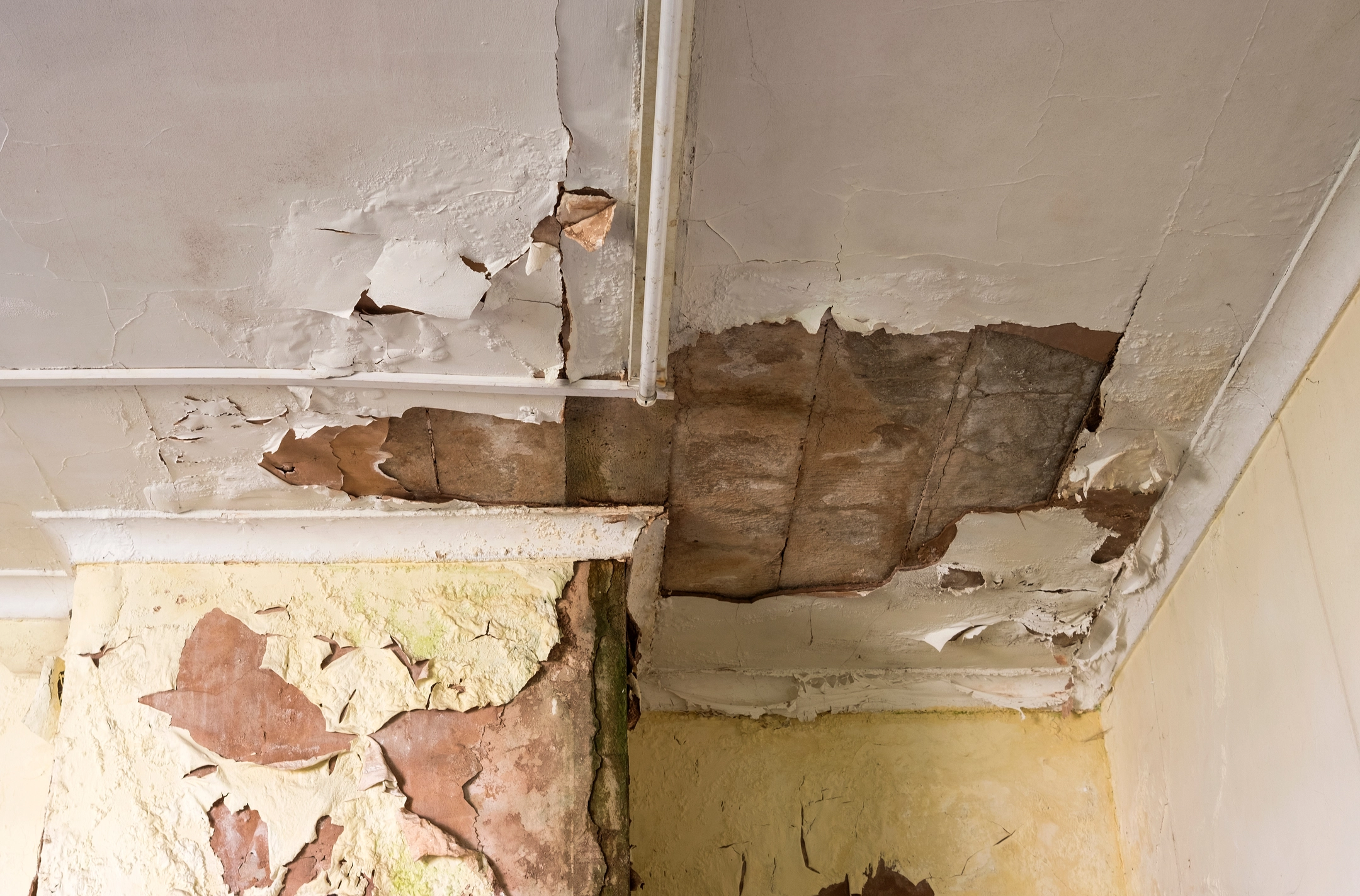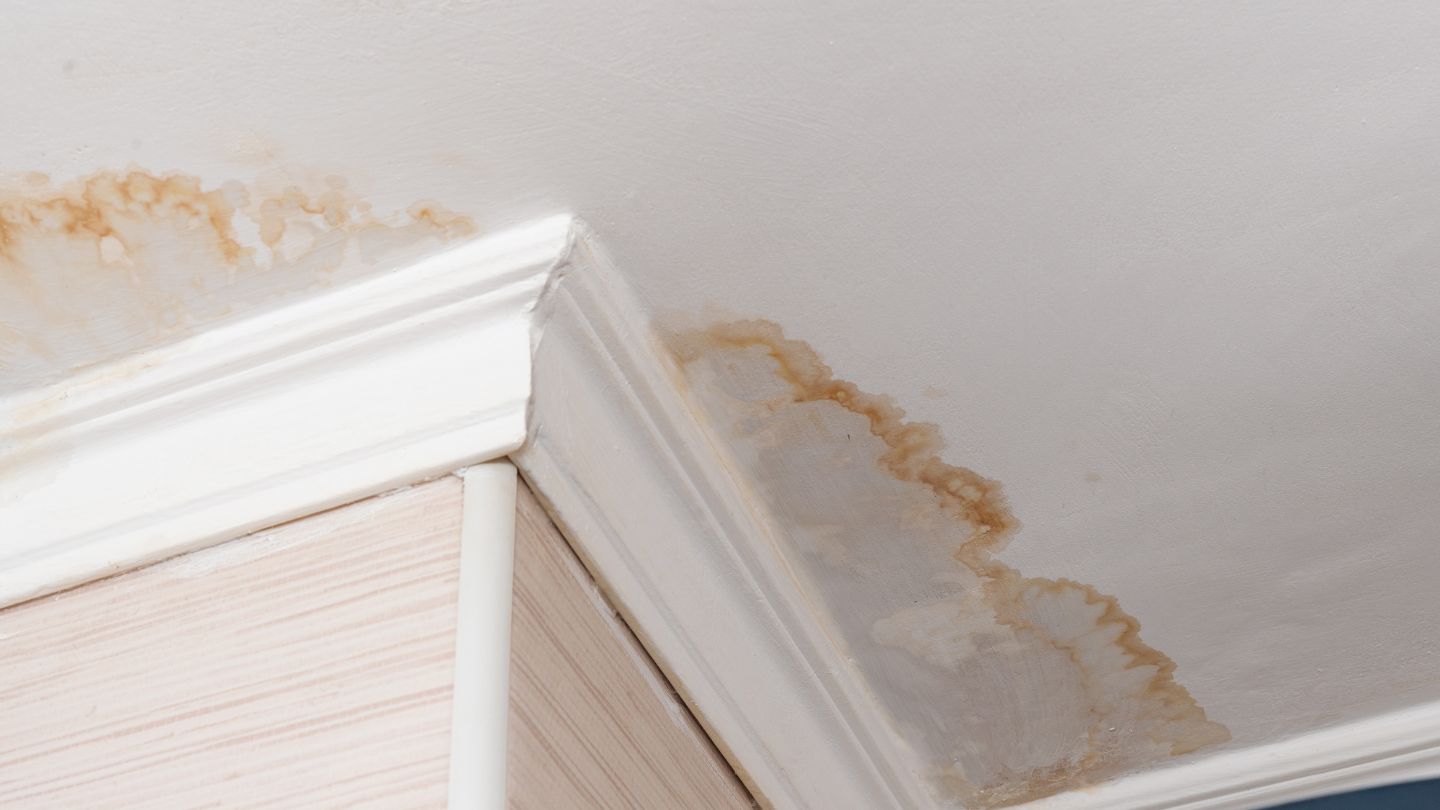The Process of Water Damage Clean-up: Guaranteeing Your Home Is Recovered Properly
Water damages can be a challenging challenge for homeowners, requiring a precise and organized cleaning process to bring back security and capability. A comprehensive evaluation is crucial to determine the degree of the damages and identify the ideal removal procedures. Following this, reliable water extraction techniques play a crucial duty in reducing more damage. Nonetheless, the nuances of drying out, sterilizing, and ultimate remediation are just as vital and often ignored. Recognizing these stages can make a considerable distinction in the end result of your home's remediation, triggering a closer check out what each action requires.
Analyzing the Damages
Upon discovering water damage, the initial step is to thoroughly examine the degree of the influence. This first analysis is crucial, as it helps figure out the essential actions for reliable cleaning and reconstruction. Begin by evaluating the influenced locations, consisting of wall surfaces, ceilings, floorings, and personal possessions, to identify the source of the water intrusion, whether from flooding, leakages, or condensation.
Recording the damages is necessary for both insurance policy cases and preparing remediation efforts - damage restoration services. Use photographs and written notes to capture the severity of the damages, keeping in mind any type of afflicted structural elements and materials. Pay special focus to locations that may not be promptly visible, such as behind walls and under carpets, as hidden wetness can lead to more difficulties, consisting of mold growth
In addition, examine the timeline of the water exposure. Eventually, a comprehensive analysis lays the groundwork for a successful water damages cleanup procedure, guaranteeing that all influenced areas are attended to effectively and completely.
Water Removal Methods

Specialists typically use completely submersible pumps for larger quantities of water, which can rapidly reduce flooding in cellars or other influenced areas. For smaller sized quantities, wet/dry vacuum cleaners are commonly utilized to extract recurring moisture from rugs and hard surfaces. In addition, utilizing mobile extractors enables targeted elimination in confined areas or locations with delicate materials.
In circumstances of contaminated water, such as sewer or floodwater, progressed extraction methods might involve using biohazard equipment to make sure safety and security and conformity with wellness policies. High-powered extraction devices are essential in lessening water retention in architectural products, which can bring about mold and mildew development and structural degeneration otherwise dealt with quickly.
Eventually, the effectiveness of water extraction techniques plays a crucial duty in the total success of the water damage cleanup process, laying the foundation for succeeding repair efforts.
Drying and Dehumidification
Once standing water has been properly removed, the next crucial phase in the water damages cleaning process is drying and dehumidification. This action is necessary to stop additional damage and mold development, which can happen within 24 to two days in damp environments.
To attain efficient drying, customized tools such as industrial-grade air moving companies and dehumidifiers is utilized. Air moving companies distribute air across damp surfaces, boosting evaporation rates, while dehumidifiers minimize humidity degrees in the air, advertising a favorable environment for drying out. The combination of these devices makes sure that dampness is drawn out from furnishings, walls, and floors, permitting them to completely dry thoroughly.
It is very important to monitor the drying procedure closely. Professionals frequently utilize dampness meters to evaluate check these guys out the wetness content in various products, making certain that all influenced locations reach appropriate dryness degrees. This thorough strategy assists to avoid surprise dampness pockets that might lead to architectural damages or harmful mold and mildew growth.

Cleaning and Sanitizing
After the drying out and dehumidification phase is total, the following vital action in water damage cleaning is cleaning and sanitizing the impacted areas. This procedure is essential to stop the growth of mold, microorganisms, and various other virus that thrive in damp environments.
The cleansing phase commonly involves eliminating any kind of particles, dust, and impurities from surface areas making use of specialized cleaning representatives. For hard surfaces, a mix of soap and water or industrial cleaning products is typically utilized. Soft materials, such as furniture and rugs, might need a lot more considerable cleansing techniques, consisting of steam cleaning or deep removal strategies, to make certain detailed hygiene.

Sterilizing adheres to cleaning, making use of EPA-approved disinfectants to remove dangerous bacteria. This action is crucial, especially in areas that may have entered into contact with floodwaters or sewer, as these resources can position serious health and wellness threats.
Furthermore, it is essential to deal with any type of remaining smells, which might need the usage of odor neutralizers or innovative methods like ozone therapy. Proper cleaning and disinfecting not just recover the security and hygiene of your home but additionally lay the foundation for successful repair and repair work in succeeding phases of the water damage cleanup process.
Restoration and Repair Work

When the assessment is full, remediation efforts can start. This typically includes repairing or changing damaged materials, guaranteeing that all job follows local building regulations and criteria. If drywall has been compromised, it will certainly require to be removed and replaced with brand-new product. In addition, flooring may need comparable interest, depending upon the level of water exposure.
It is essential to involve seasoned reconstruction experts during this procedure, as they possess the knowledge to manage complex repair work efficiently. They can assist alleviate prospective future problems, such more helpful hints as mold development or structural instability, hence ensuring a safe and habitable living atmosphere. Ultimately, effective restoration and repairs bring back the home's stability and boost its overall value.
Verdict
Finally, the procedure of water damage clean-up is important for bring back a home to its pre-damage condition. Each phase, from evaluating the damage to implementing effective water removal strategies, adhered to by thorough drying out, disinfecting, and needed repair services, plays a crucial role in guaranteeing safety and conformity with building criteria. Reliable execution of these actions not just reduces immediate damages but likewise enhances the long-term honesty and value of the residential or commercial property.
Water damage can be a complicated difficulty for homeowners, necessitating a thorough and structured clean-up process to recover safety and security and capability. Ultimately, a detailed evaluation lays the groundwork for an effective water damage clean-up process, guaranteeing that all impacted locations are dealt with efficiently and thoroughly.
Reliable water removal methods are important in reducing damages and avoiding further difficulties following a water invasion occasion.In conclusion, the process of water damage clean-up is important for bring back a home to its pre-damage problem. Each stage, from evaluating the damages to carrying out effective water extraction methods, complied with by comprehensive drying out, disinfecting, and necessary repair work, plays an important duty in guaranteeing security and compliance with building standards.